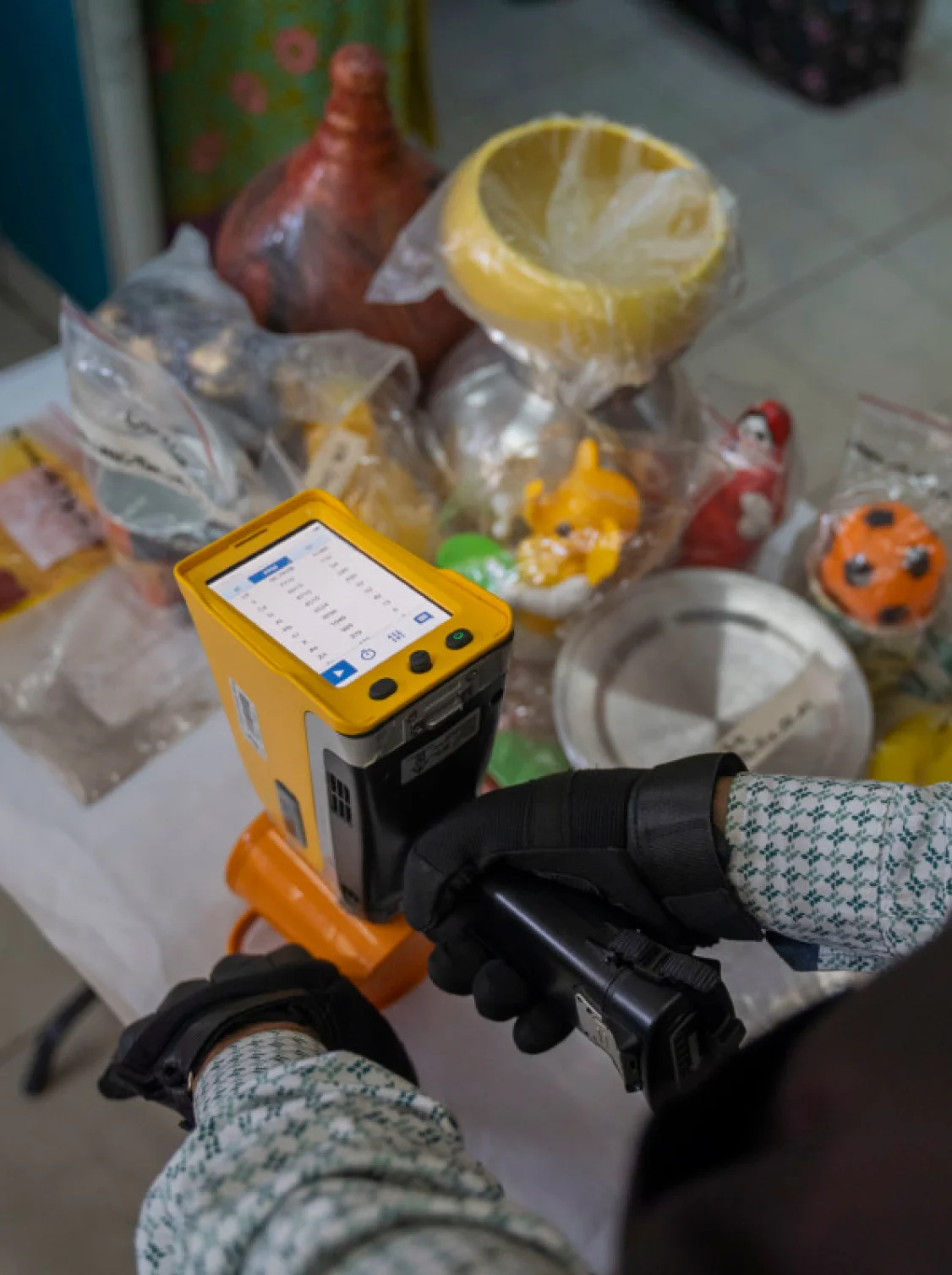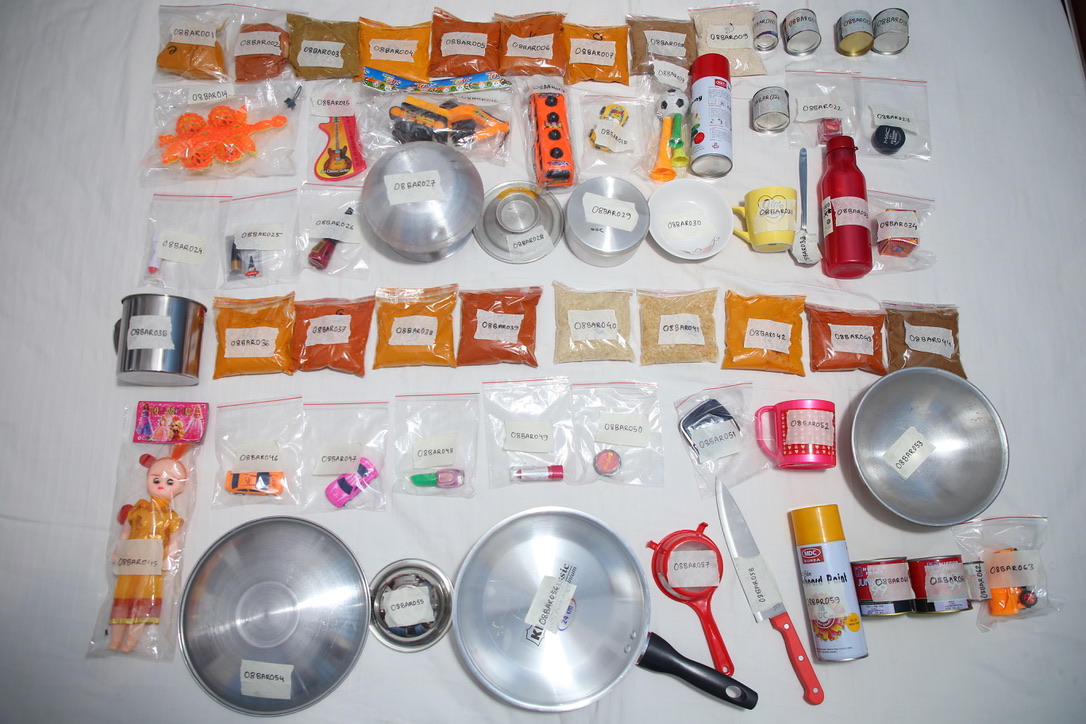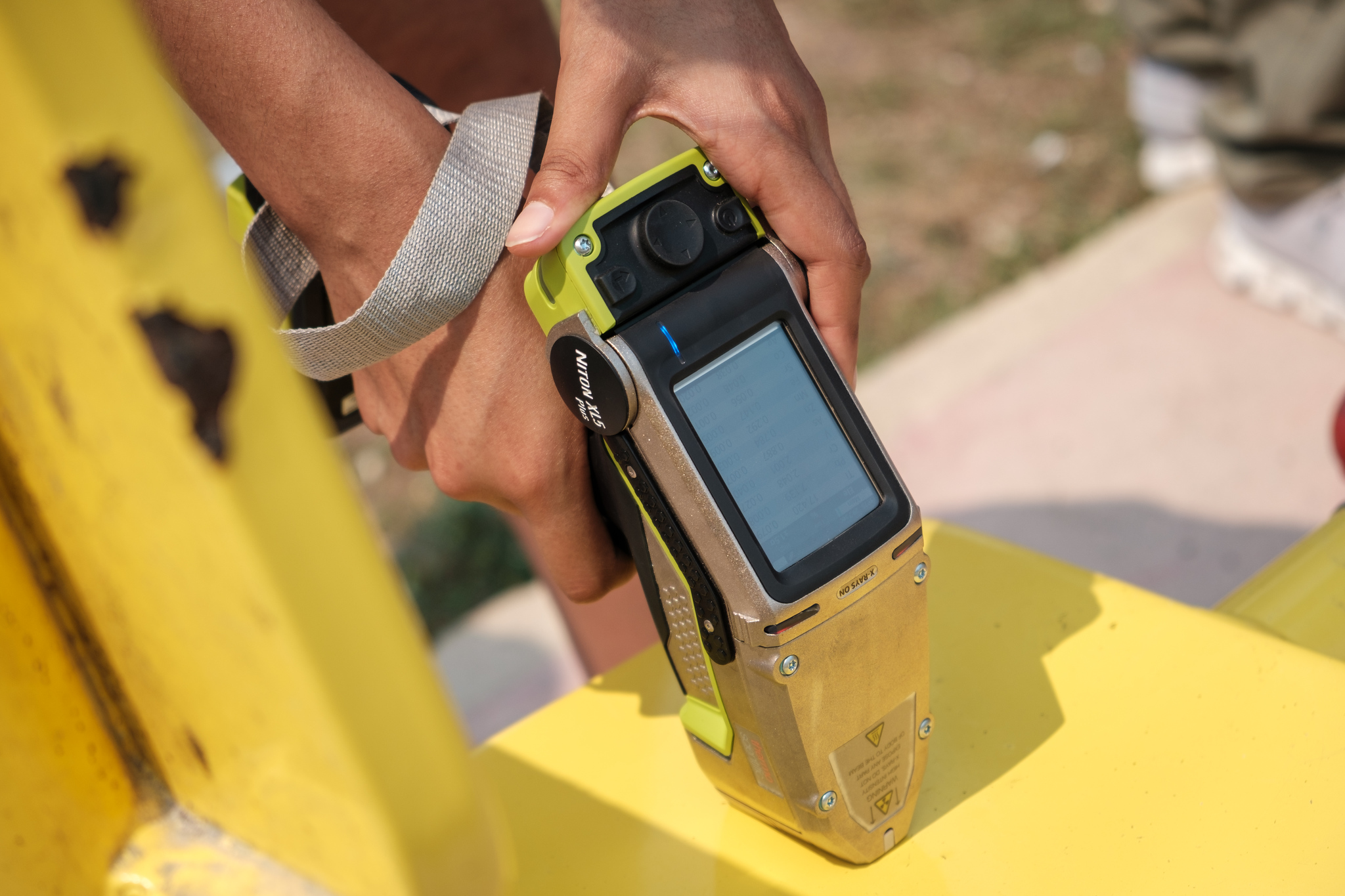The Issue

Despite its enormous impact on cognitive and physical health, lead exposure receives little philanthropic attention, even compared to other neglected health challenges like tuberculosis and malaria.
The problem of global lead exposure
Lead exposure is estimated to cause 1.5 million deaths each year.
Exposure to lead can cause long-term harm to human health, even at low levels. In children, exposure adversely affects the developing brain, causing reduced cognitive development, lower educational attainment, learning disabilities, reduced attention span, and behavioral disorders. Adults aren’t immune to its effects either; exposure can cause problems with kidney function, the nervous system, and the cardiovascular system.
Tractable, but neglected
Lead exposure receives little philanthropic attention, even compared to other neglected health challenges like tuberculosis and malaria. Both of those issues receive billions of dollars in philanthropic support each year. Despite a comparable estimated global burden, lead exposure received only $15 million annually until recently.
Fortunately, lead exposure is a tractable issue. Between the late 1970s and the 2010s, average blood lead levels in the US declined by 94%, largely due to regulations that limited exposure from sources like gasoline and paint.
What impact looks like

Removing lead from the paint supply
Malawi
In 2021, the Lead Exposure Elimination Project found that lead contamination was common in Malawi’s paint supply. They talked to paint manufacturers about lead-free production methods and worked with the Malawi Bureau of Standards to strengthen auditing processes, update standards, and increase testing capacity. By 2023, the country’s largest paint manufacturer had gone lead-free, and other brands weren’t far behind. The proportion of consumer paint containing high lead levels fell from 53% to 33%.

Screening over 5,000 consumer products across 25 countries
Global
Between 2021 and 2023, Pure Earth tested thousands of consumer products in low- and middle-income countries. 18% of their samples exceeded reference levels for lead.
The survey contributed to an improved understanding of major sources of lead exposure among consumer products, and highlighted previously underappreciated sources including cosmetics and foodware.

Preventing lead contamination in spices
Bangladesh
A research team in Bangladesh discovered that local producers were adding color to their turmeric by mixing in lead chromate pigments. The team worked with public health authorities to spread the news and confiscate contaminated spices. In 2019, half of their tests found contamination; by 2021, they were no longer detecting any lead. And median levels of lead in the blood of people they tested fell by 30%.

The future
The world has made progress on eliminating lead exposure. But there’s still much more to do.
The Lead Exposure Action Fund has the opportunity to make transformative grants to speed up the measurement, mitigation, and mainstreaming of lead exposure and substantially accelerate global progress toward a lead-free world.